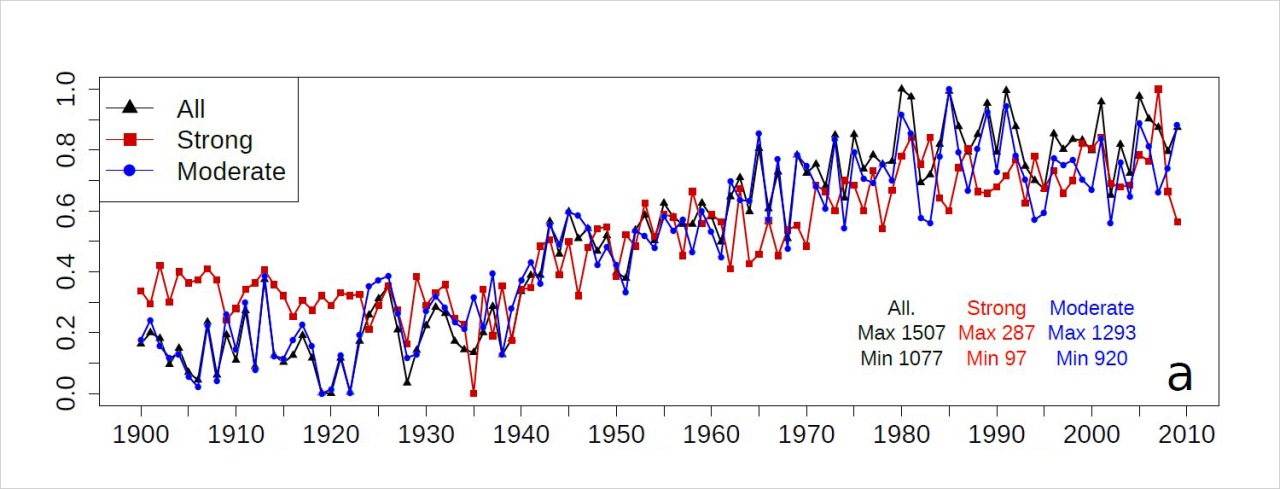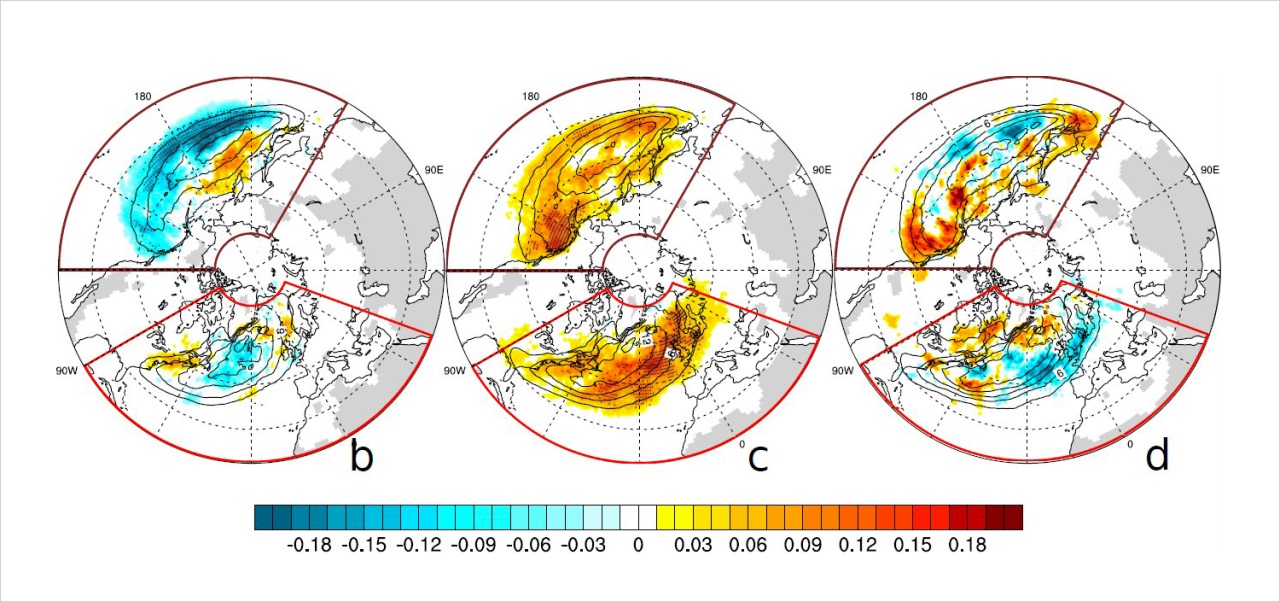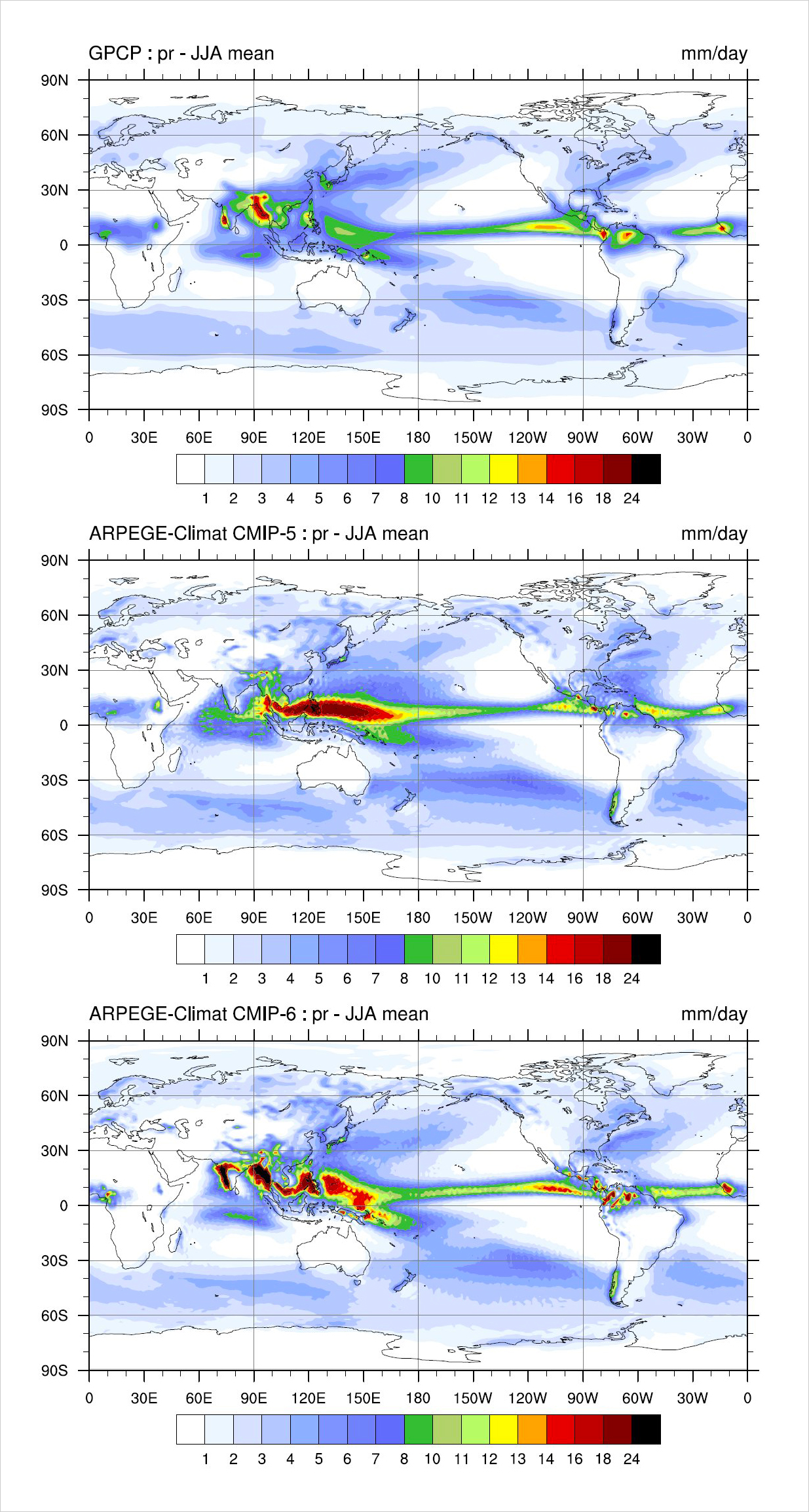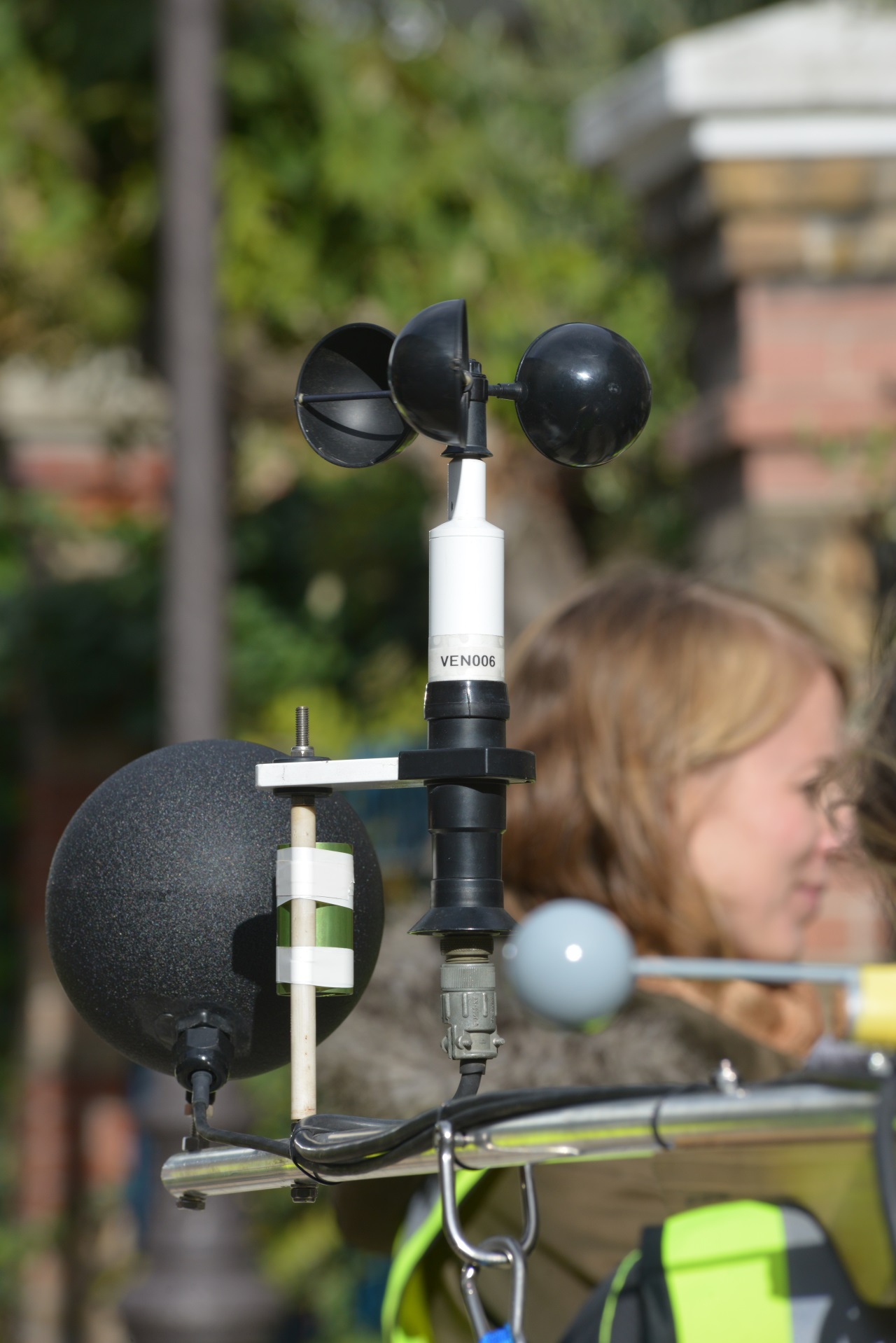Studying extreme climate events
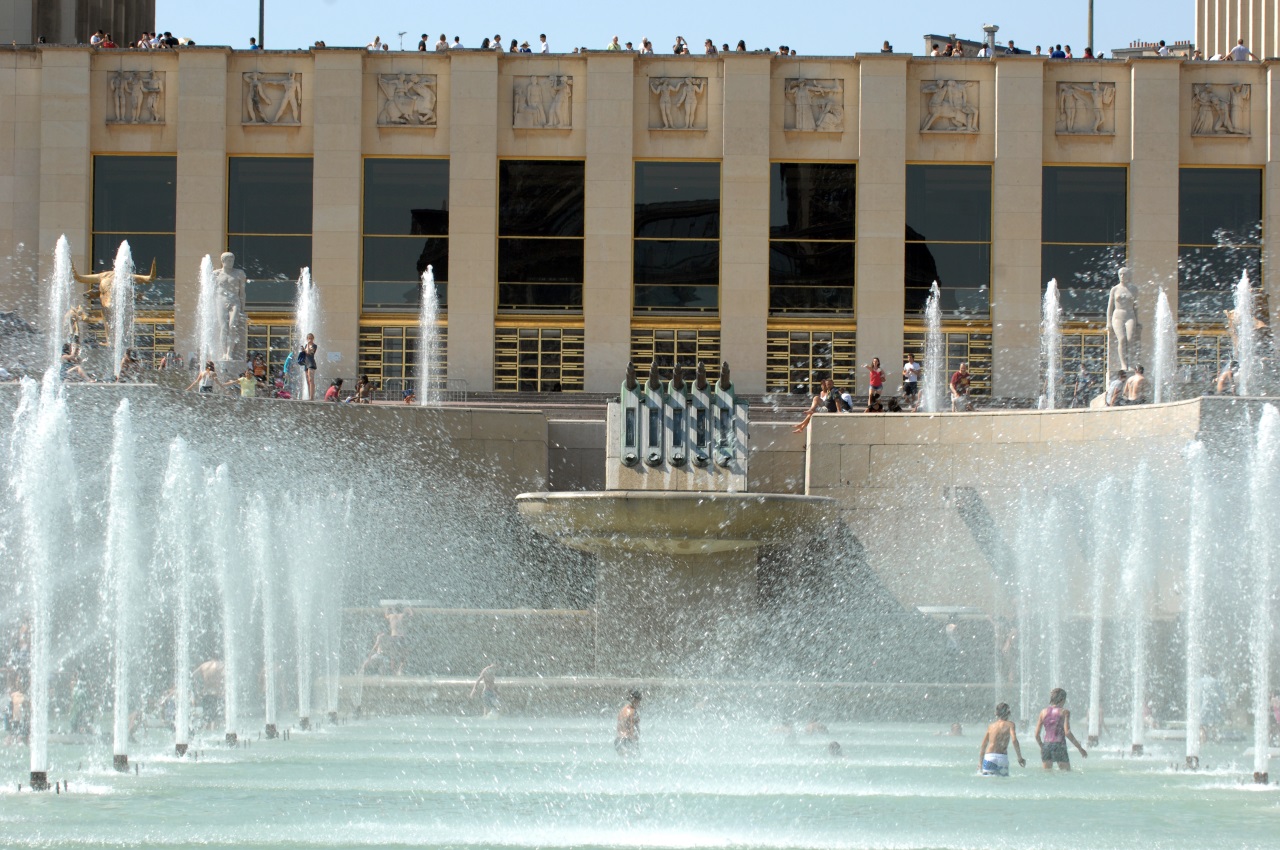
Has the frequency with which extreme climate events occur changed over recent decades? How will it evolve in future climate scenarios? To what extent can a single extreme event be attributed to anthropogenic climate change? Completed in 2016, the EXTREMOSCOPE project aimed at advancing understanding of the links between the intensity or occurrence of extreme climate events in France and climate change.
The intense rainfall and flooding of May/June 2016 in the Seine basin and late heatwaves in the summer of 2016 were just two of the events studied under this project. The tools and assessments obtained have, for example, shown that the very hot temperatures observed from 16 August to 15 September 2016, which are more typical of severe midsummer heat waves, were altogether unprecedented at this time of year. Such an event, which had almost a zero probability of happening in the 1971-2000 climate, now has a return period in the range of a few decades and could become a common climate occurrence in the future.
The findings from EXTREMOSCOPE are intended to be integrated across all climatic services which are currently in use or being developed by the French climate research community (especially the DRIAS portal).
